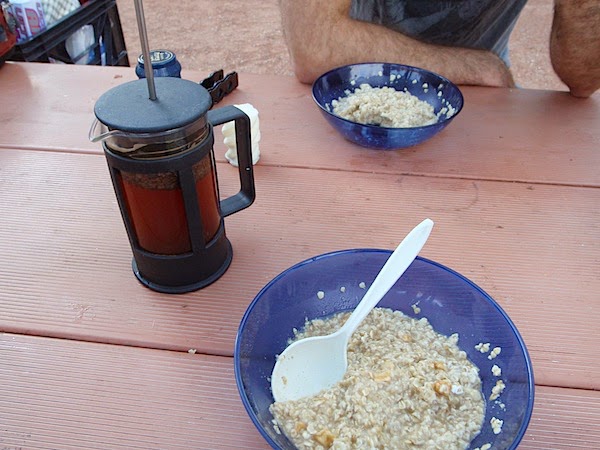 |
| Lake Tahoe (Wikipedia) |
Lake Tahoe is only 2 million years old, so what did the area look like before that? The valley that would become the Tahoe Basin sank into the Earth's crust, but the mountains around the area continued to rise. Then volcanos erupted and blocked the water's outlet, causing water to fill in with water.
At 1,645 feet deep, Lake Tahoe is the 2nd deepest lake in the United States (Crater Lake in Oregon being the first). The Lake currently holds approximately 39 TRILLION gallons of water, and if it were emptied, it would cover the entire surface of the state of California in 15 inches of water.
 |
| Lake Tahoe from Space (Wikipedia) |
A lot of people wonder why Tahoe is so blue and so clear compared to other lakes. The surrounding mountains are comprised of mostly granite with hardly any topsoil. When it rains, there isn't a lot of organic matter on the granite so the watershed doesn't bring nutrients to the lake over the course of it's runoff. This means that algae and other organisms that normally make water murky don't have any food to survive. As a result, the water is some of the clearest in the world. When UC Davis first started taking measurements of the water clarity in 1968, it was clear to 102.4 feet deep. It currently stands at 77.8 feet.
You can learn more about how the water clarity is measured and tracked at the Tahoe Science Center at Sierra Nevada College in Incline Village. There are hands-on exhibits aimed at kids of elementary school age, but on our recent visit, our whole family (age range 2-70) had a great time. If you visit, I highly recommend a stroll around the campus. There's a nature trail meandering through a grove of Jeffrey Pines that is inspiring, peaceful, and smells amazing (hug one of the trees and take a whiff of the bark and you'll see what I mean).
 |
| Tahoe Science Center at Sierra Nevada College (UC Davis) |
With an average annual snowfall of 409 inches, it's no surprise that the snow melting into Lake Tahoe leaves the water pretty chilly! The average water temperature is 42.1F (brr!) but the average at the surface is a brisk 51.9F.
One of my favorite facts about Lake Tahoe isn't so much about the natural history of the area, but an important part of it's history nevertheless. In 1928, Ms. Lora Josephine Knight had a stone building built and transported by boat to Fannette Island in the middle of Emerald Bay. The only island in Lake Tahoe, Fannette Island juts 150 feet into the sky above the surface of the lake. Ms. Knight would entertain friends and serve tea in the building, earning it the name of the "Tea House." Not much of the building remains today, but you can travel to the island by boat, canoe, or kayak and climb up the rocks to the Tea House.
 |
| Fannette Island and the Tea House (Wikipedia) |
Tahoe Environmental Research Center - UC Davis, U.S. Geological Survey, U.S. Forest Service, Wikipedia















































